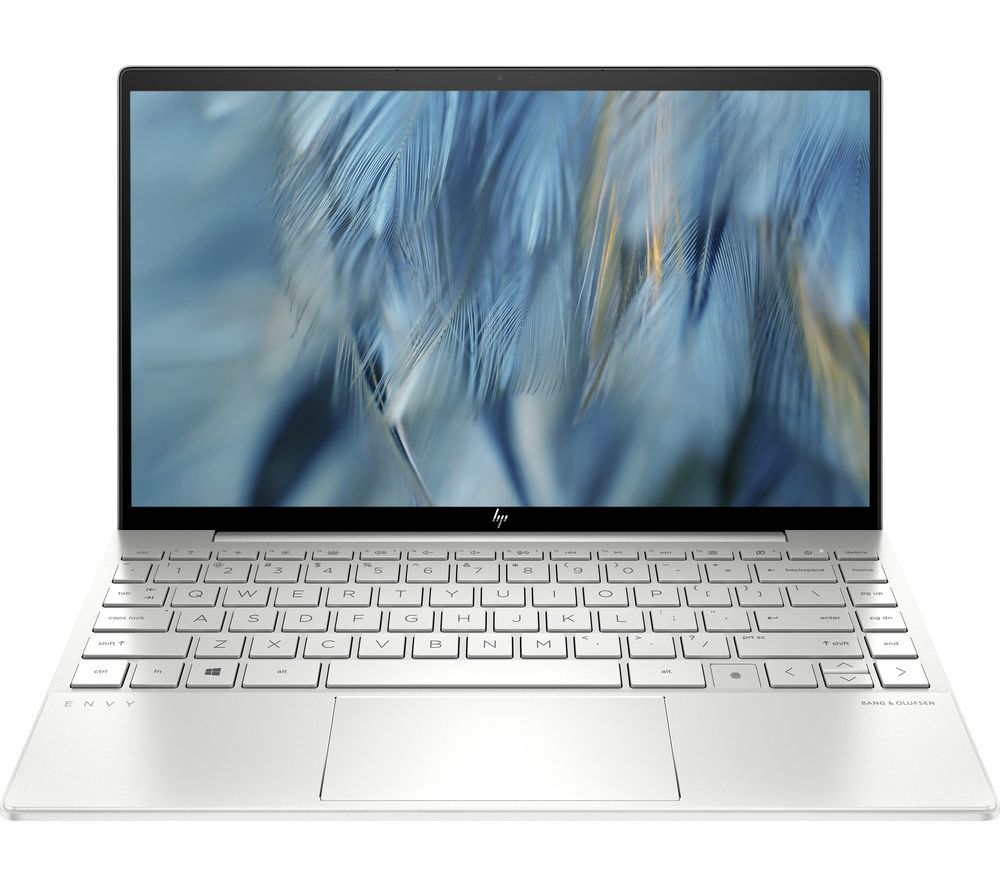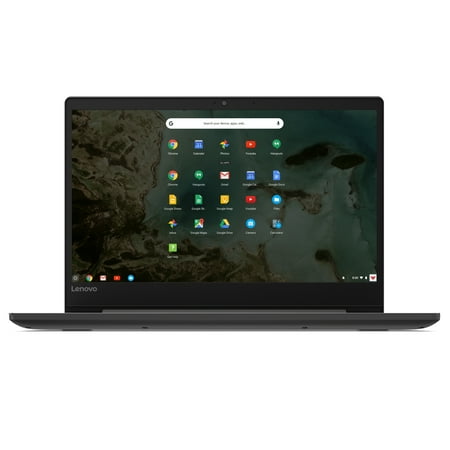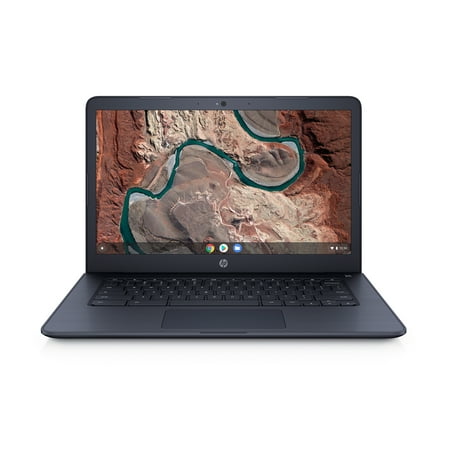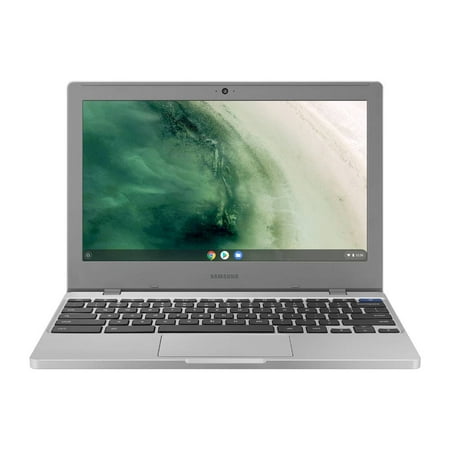HP ENVY 13.3″ Laptop – Intel® Core™ i5, 512 GB SSD, Silver
Windows 10. Intel® Core™ i5-10210U Processor. Memory: 8 GB RAM / 32 GB Intel® Optane™. Storage: 512 GB SSD. Graphics: NVIDIA GeForce MX350 2 GB.
Get your work done
Forget waiting around for apps to load. Featuring a 10th generation Intel® Core™ i5 processor and 8 GB of RAM, with the HP ENVY 13.3″ Laptop, you can effortlessly switch from one task to the next.
Easy editing
Got a great GoPro video you want to share? Editing your holiday snaps? The NVIDIA GeForce MX350 graphics ensures it all looks great. You can enjoy games and movies that are free from lag too.
All-day battery life
No room in your bag for your charger? No worries. Your HP Envy Laptop has a battery life of over 9 and a half hours. That means you’re able to get through your entire working day and keep entertained on the commute, all without needing power.
Microsoft Office & internet security
If you use Word or PowerPoint all the time at work or school, you’ll probably want it on your laptop at home. Click on the Bundles tab above for a great deal on Microsoft Office. Want to protect yourself against viruses? We’ve got you covered with deals on internet security too.
Additional information
| Screen size | 13.3" |
|---|---|
| Box contents | – HP ENVY 13-ba0553sa 13.3" Laptop |
| Dimensions | 16.9 x 194.6 x 306.5 mm (H x W x D) |
| Weight | 1.3 kg |
| Manufacturer’s guarantee | 1 year |
| Software | * Full version of Microsoft Office not included – Microsoft Office 365 (1 month trial) |






by Khalil
Fast machine, looks amazing, lightweight, super fast start up
by Rhona
The keyboard is better than I thought it would be otherwise more than happy with it.
by Kumar
Privacy camera shutter.